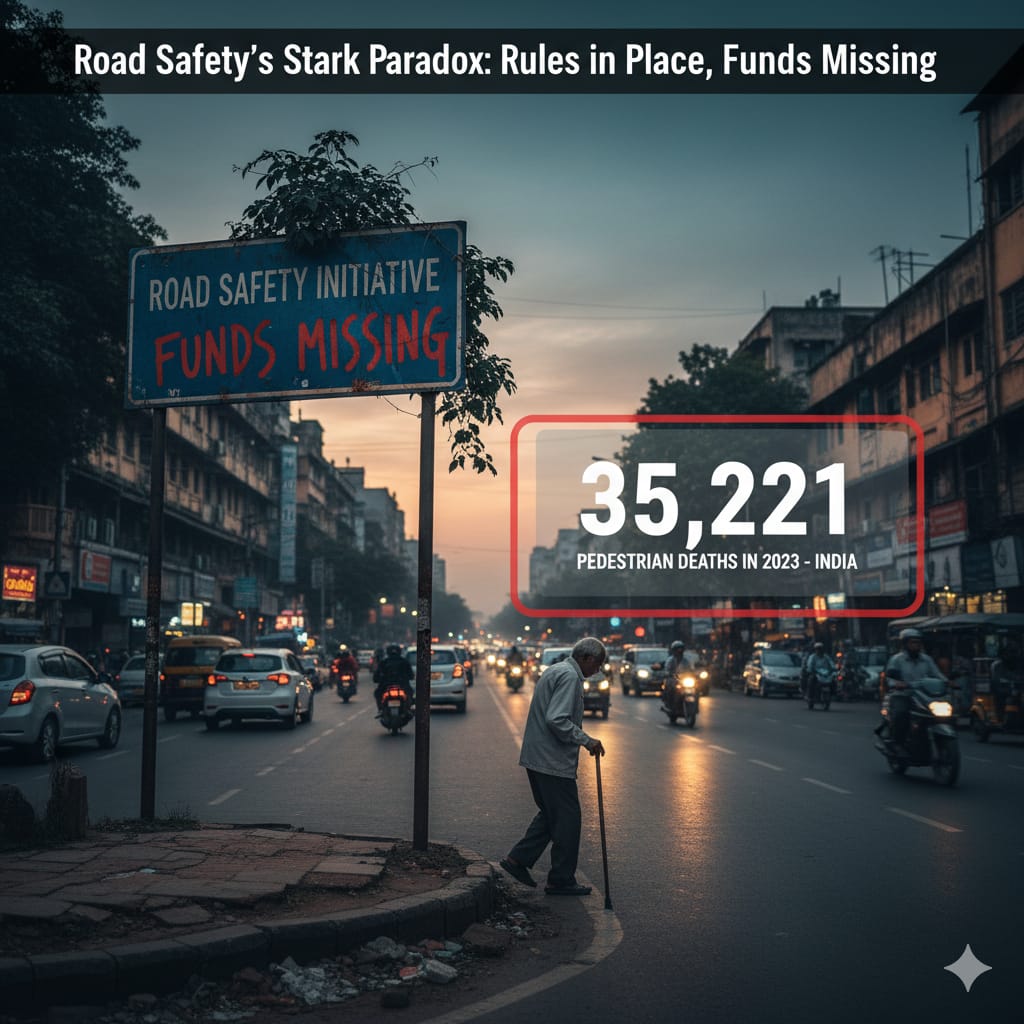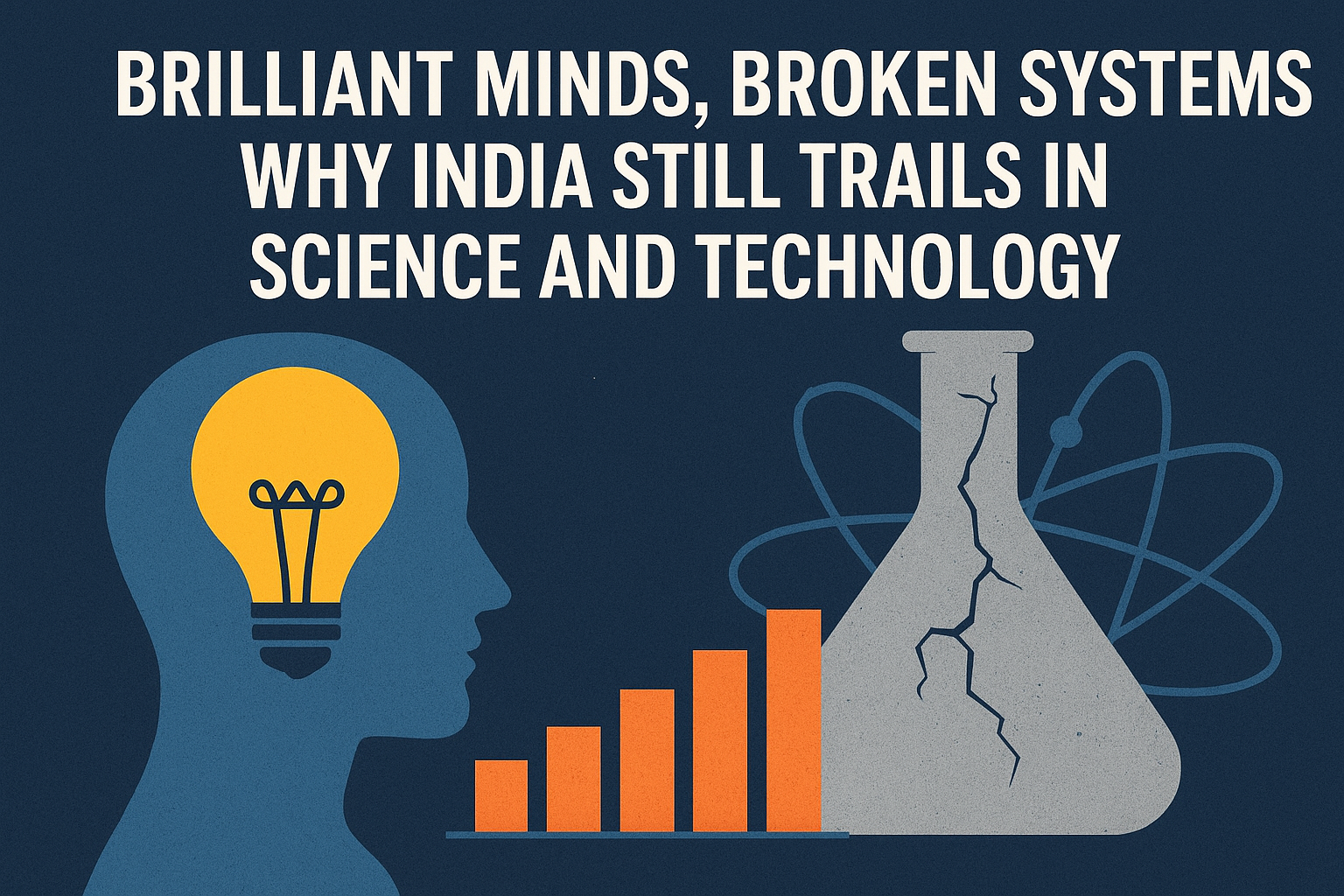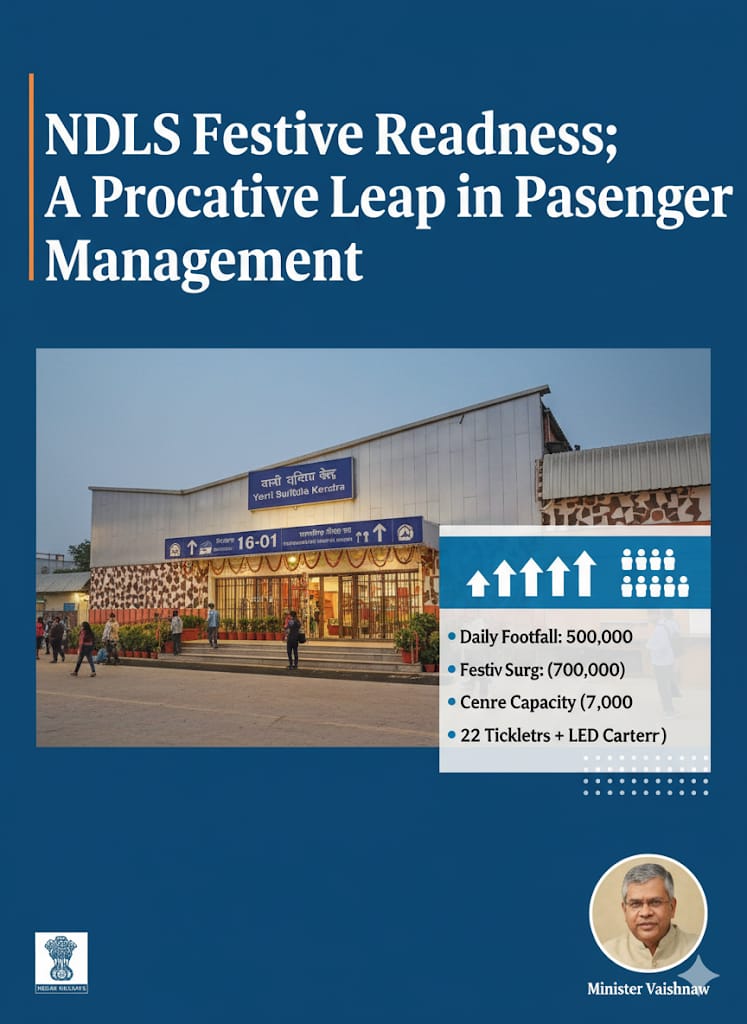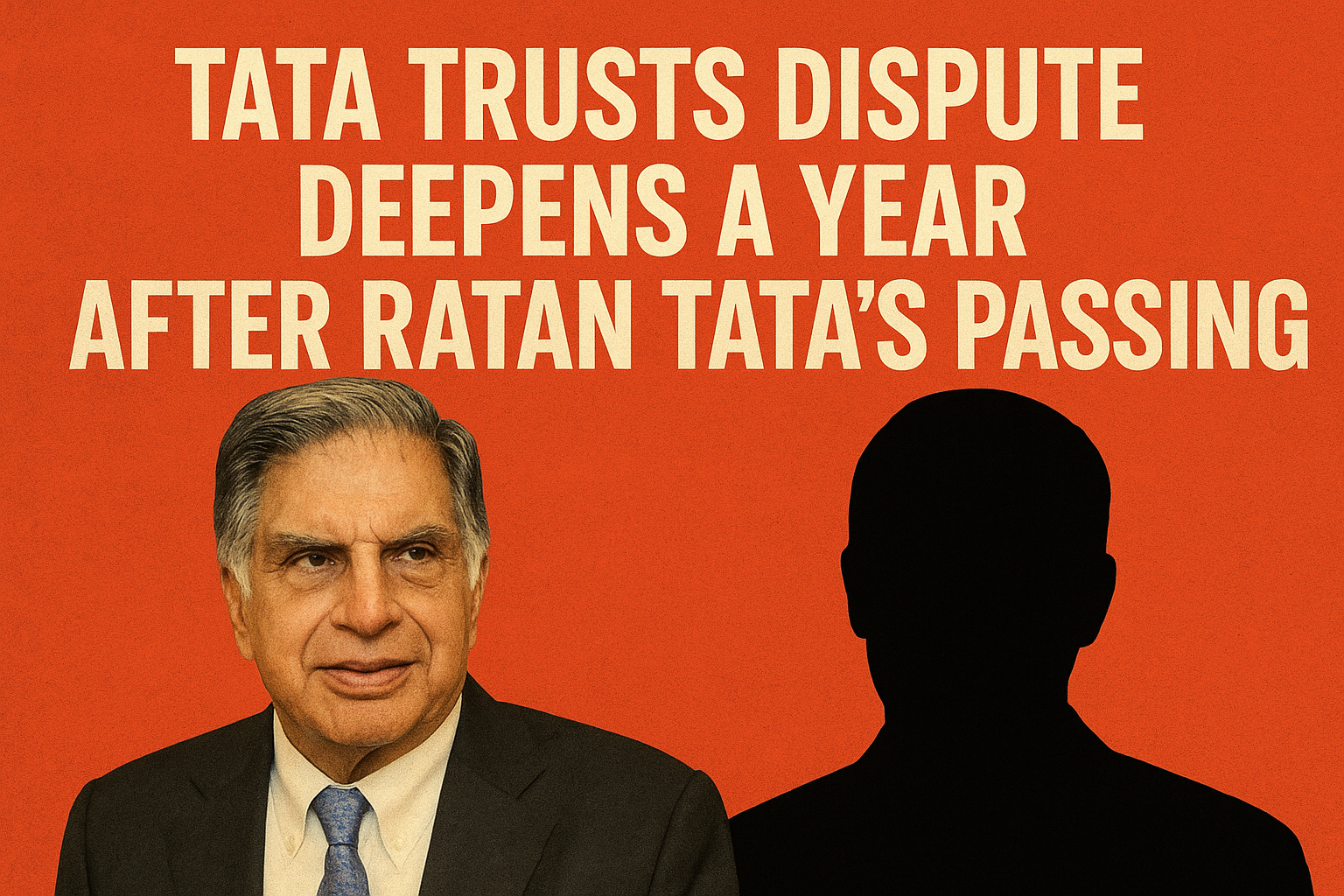.jpeg)
In recent years, India has witnessed a surge in online shopping. From smartphones to groceries, more people are buying products and services through e-commerce platforms. However, with the convenience of digital shopping comes a growing concern—an increase in consumer complaints related to faulty products and non-delivery. According to new data released by the Consumer Affairs Ministry, disputes in e-commerce and online sales have now topped the list of consumer complaints in India.
In just the past two months, refund claims related to e-commerce disputes have reached a staggering ₹3.39 crore. These refunds are part of a broader ₹7.14 crore facilitated through the National Consumer Helpline, a government-supported initiative that helps consumers resolve their grievances without going to court. The numbers highlight the rising dissatisfaction among online shoppers and reveal how the government is responding to the problem through digital grievance redressal.
The National Consumer Helpline, which operates under the Ministry of Consumer Affairs, has become an essential tool in addressing consumer issues. Consumers can register their complaints by dialing the toll-free number 1915. This helpline is accessible in 17 different languages, making it easier for people from various regions and linguistic backgrounds to voice their concerns. The helpline takes a proactive approach by directly contacting sellers to resolve the matter. This helps consumers avoid lengthy legal procedures and prevents overburdening the consumer courts.
In total, 8,919 complaints related specifically to e-commerce platforms were processed during this two-month period. This category had the highest volume of complaints compared to all other sectors. The effectiveness of the redressal mechanism is evident, as officials successfully resolved 15,426 complaints related to refund claims during the same time frame. These results underline the importance of having accessible and responsive consumer protection tools in place, especially in a country where the online retail sector is growing rapidly.
The ministry pointed out that there has been a notable improvement in grievance redressal across more than 30 different sectors. E-commerce, however, remains the leading contributor to complaints, followed closely by the travel and tourism industry. The travel sector alone accounted for refunds worth ₹81 lakh, indicating that issues such as canceled bookings and poor service continue to plague consumers even outside the retail sphere.
The Consumer Protection Act in India mandates the formation of consumer commissions to handle disputes. However, the growing number of cases has made these commissions increasingly crowded. This is where the role of the helpline becomes crucial. By resolving issues before they escalate into legal cases, the helpline reduces pressure on consumer courts and ensures quicker solutions for consumers.
This rise in complaints also raises concerns about the quality control mechanisms of e-commerce platforms. Companies must ensure that their sellers follow proper standards, deliver products on time, and provide customer support. Failure to do so not only harms the consumer but also damages the credibility of the entire platform. In response, many online retailers have started using AI-based systems to detect fraudulent listings and improve delivery tracking, but these measures alone are not enough.
A 2023 report by the Indian Brand Equity Foundation (IBEF) stated that the Indian e-commerce market is expected to reach $188 billion by 2025. As the sector expands, the number of customers depending on digital platforms will only increase. This means the scope for disputes will also rise unless stronger consumer safeguards are implemented. The government must continue to invest in infrastructure that protects online buyers, including stricter seller verification, better return policies, and more robust grievance systems.
Consumers, on their part, need to remain alert. It is advisable to buy from verified sellers, check reviews before purchasing, and always keep a record of transactions. If something goes wrong, they should not hesitate to call 1915 and file a complaint. Many people still do not know that they can seek refunds and redressal through the helpline, which is free, multilingual, and effective.
The rise in consumer complaints should serve as a lesson for both buyers and sellers. For businesses, it is a call to improve service and transparency. For consumers, it is a reminder to stay informed and assert their rights. As India marches forward in the digital age, ensuring consumer satisfaction and trust must remain a top priority. Only then can the e-commerce sector thrive responsibly and sustainably.




.jpeg)


.jpeg)




.jpeg)








